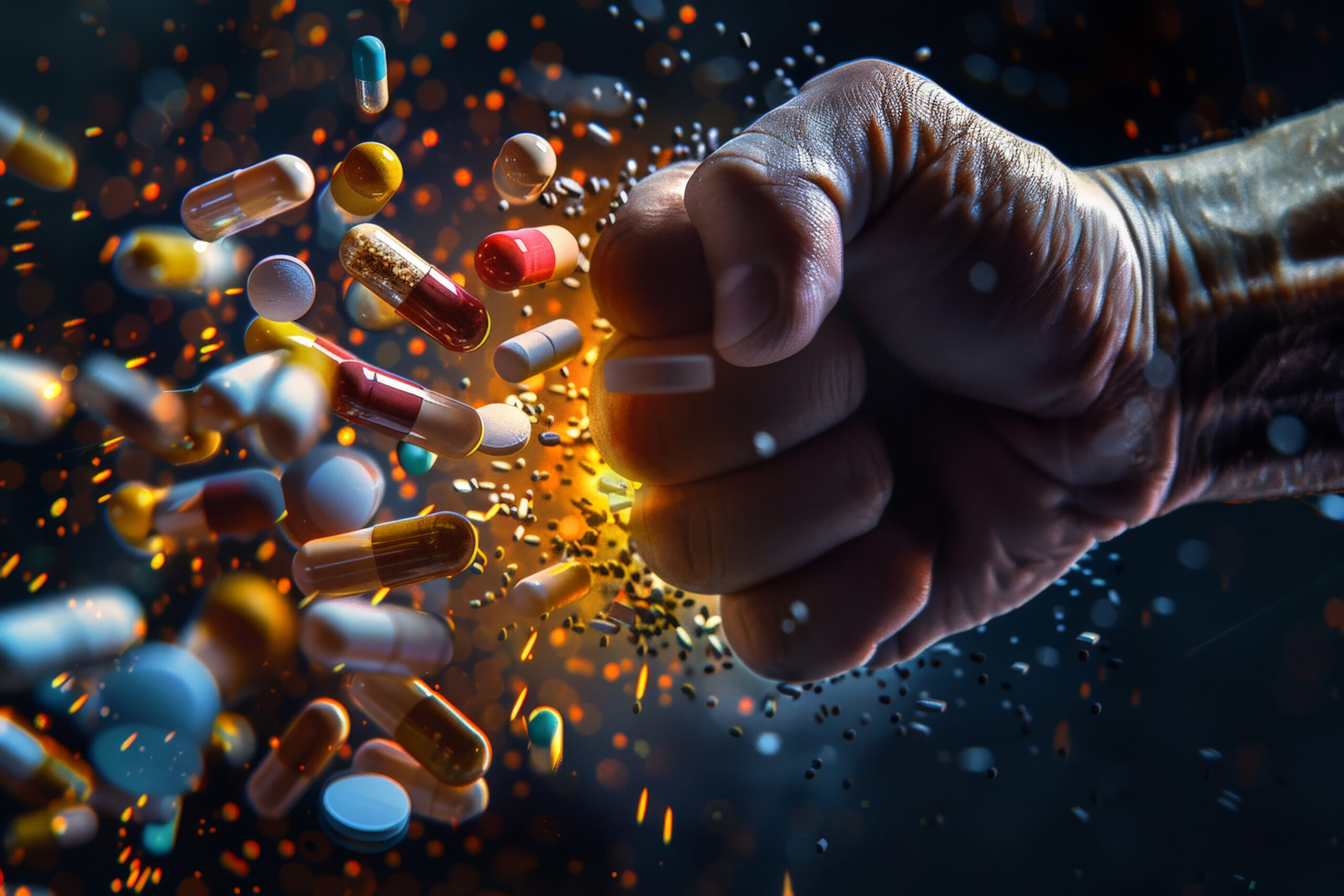Disclaimer: This article is provided for educational purposes only and is not a substitute for medical advice, diagnosis, or treatment. Always follow the prescription, dosing instructions, and training you receive directly from your licensed healthcare provider.
One-Line Rule (for reference only)
Prescriptions are written in milligrams (mg), syringes are marked in milliliters (mL/cc), and your vial lists the concentration (mg/mL) that connects them. For example, if the label says testosterone cypionate 200 mg/mL, then 200 mg = 1.0 mL and 100 mg = 0.5 mL. This explanation is for reference only—always follow your prescription.
How mg Relates to mL (for reference only)
The formula is straightforward:
mL = (mg prescribed) ÷ (mg per mL on your vial).
At 200 mg/mL:
-
200 mg → 1.0 mL
-
100 mg → 0.5 mL
Different vial strengths change the volume, not the dose. That’s why searches like “200 mg equals how many mL” or “1 mL equals how many mg” all lead back to reading the vial you were dispensed.
Understanding Syringe Markings (education only)
Most syringes for oil-based injections are marked in mL/cc with half- and quarter-mL lines. At 200 mg/mL, the 1 mL mark = 200 mg; the 0.5 mL mark = 100 mg.
⚠️ Use only as prescribed and as trained. Do not adjust amounts without your clinician’s guidance.
Monitoring: The Clinical Backbone of Safe Therapy
Professional guidelines emphasize that testosterone therapy should begin only when low testosterone is confirmed by reliable testing plus compatible symptoms. Monitoring includes:
-
Serum testosterone levels
-
Hematocrit/hemoglobin (to watch for erythrocytosis)
-
Blood pressure checks (important due to recent FDA warnings)
-
Clinical assessment of mood, energy, and function
Your mg ↔ mL math should always match the plan your clinician designed, not a generic chart.
Recent FDA Labeling Changes (2025 Update)
In early 2025, the U.S. Food and Drug Administration announced class-wide labeling updates for prescription testosterone:
-
TRAVERSE trial results included: showed no increased rate of major adverse cardiovascular events in appropriately indicated men.
-
Blood pressure warning strengthened: labeling now highlights increases in blood pressure based on ambulatory monitoring data.
-
Age-related low T limitation remains: testosterone products are not approved for age-related decline without a qualifying hypogonadism diagnosis.
👉 Always review the actual FDA-approved label of the product you are using.
Peptides: Important Cautions
Peptides are sometimes marketed alongside TRT for recovery, body composition, or sleep. However:
-
Most peptides are not FDA-approved.
-
FDA has identified risks such as immunogenicity, impurities, and limited human safety data in compounded peptide products.
-
Some peptides appear on FDA’s “do not compound” lists.
Be skeptical of unverified claims, and use only products legally prescribed and sourced under medical supervision.
Telemedicine & Controlled-Substance Rules
Testosterone is a Schedule III controlled substance under the federal Controlled Substances Act. Prescribing must follow DEA and state-specific rules:
-
Federal telemedicine flexibilities are extended through December 31, 2025, while DEA finalizes permanent rules.
-
Prescribers must be licensed in the patient’s state and may need to follow state-specific restrictions.
-
Identity verification, medical recordkeeping, and use of state Prescription Drug Monitoring Programs (PDMPs) may apply.
Patients should confirm that their provider operates within current DEA and state regulations.
Closing Thoughts
Testosterone cypionate is an FDA-approved option for certain forms of hypogonadism, not a general remedy for age-related decline. The most important parts of therapy are accurate dosing, proper monitoring, and adherence to your individualized plan.
As for additional therapies like peptides, remember that many are unapproved and may carry significant risks—always discuss them with a licensed clinician before use.



